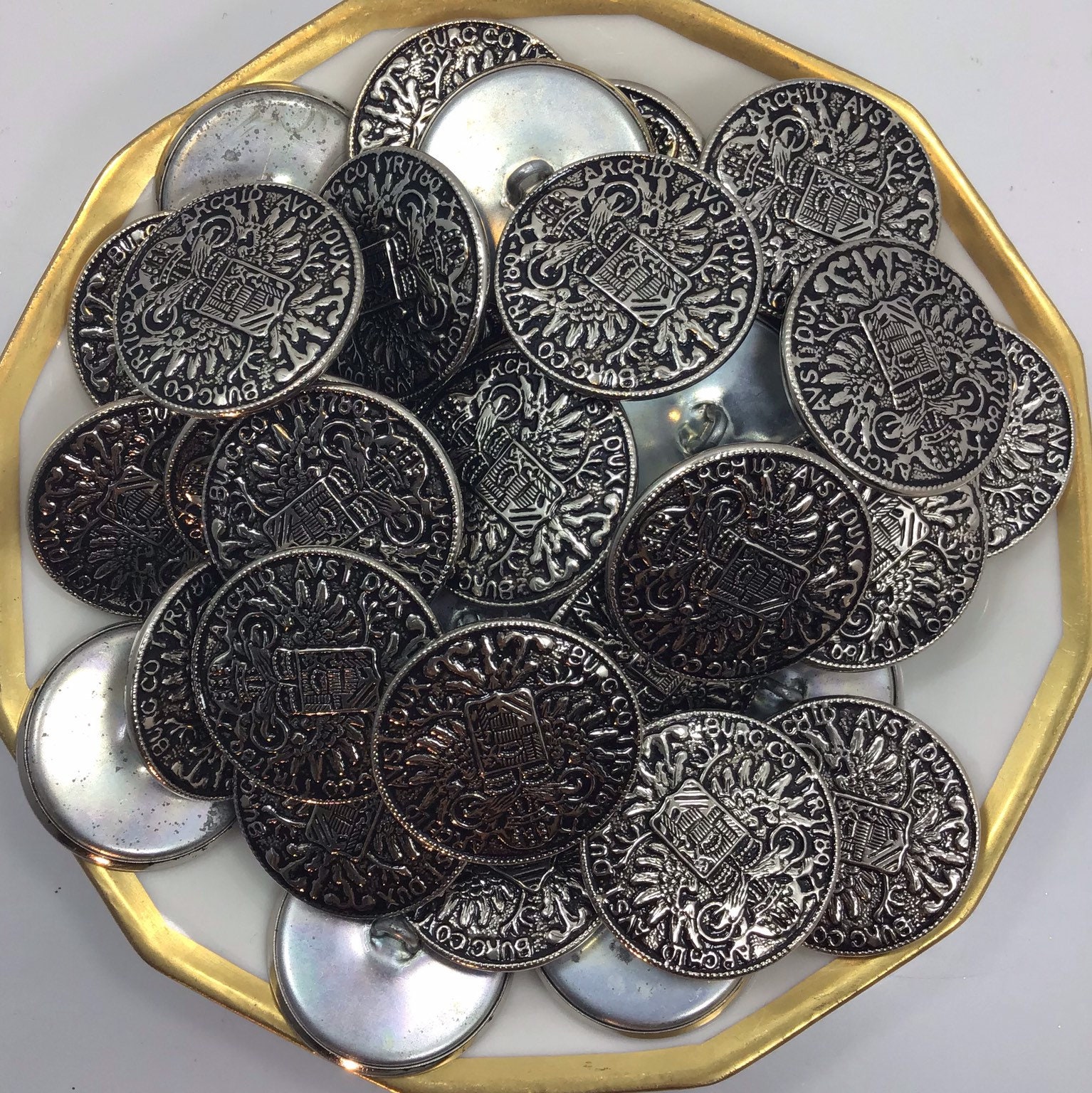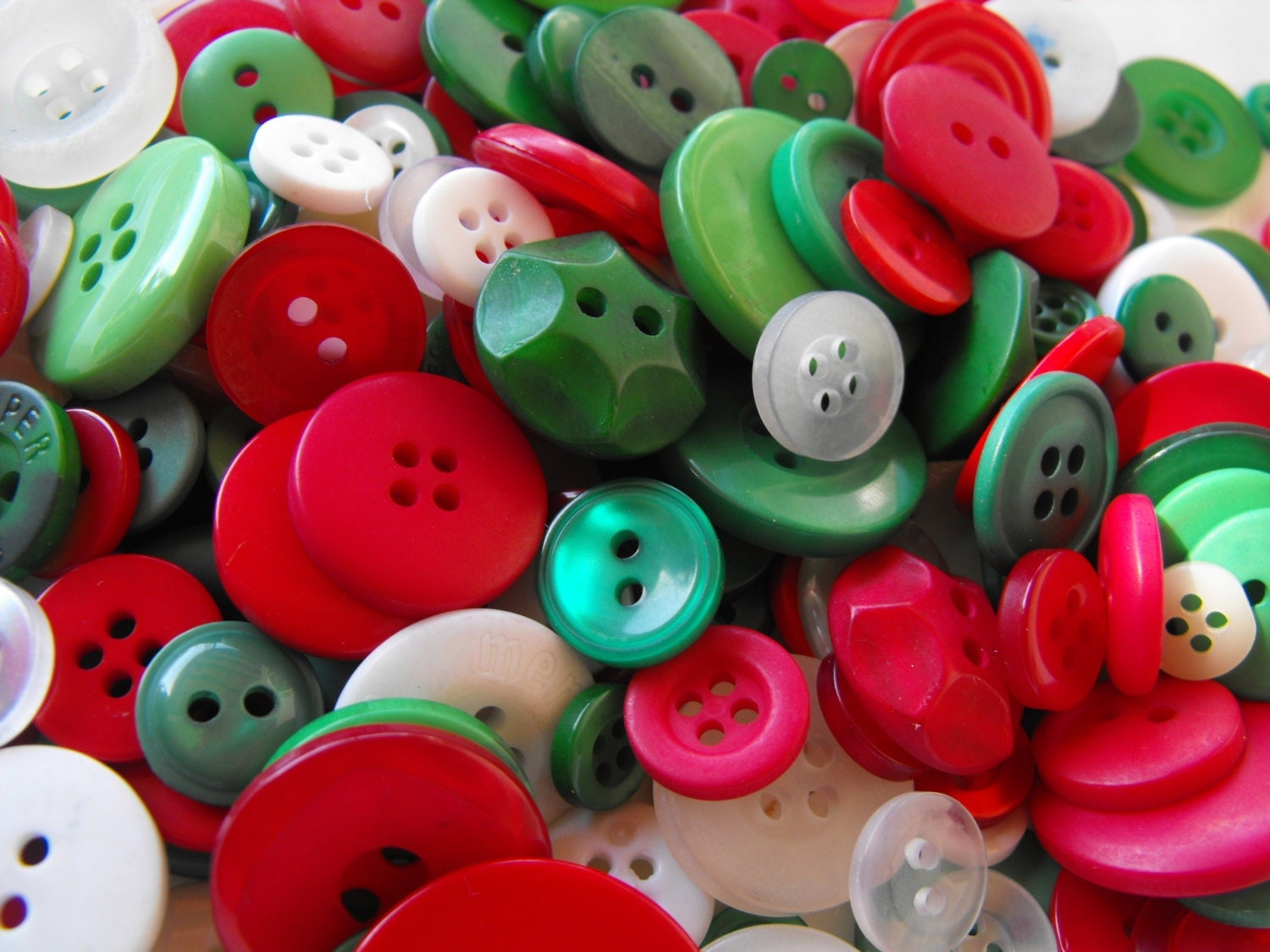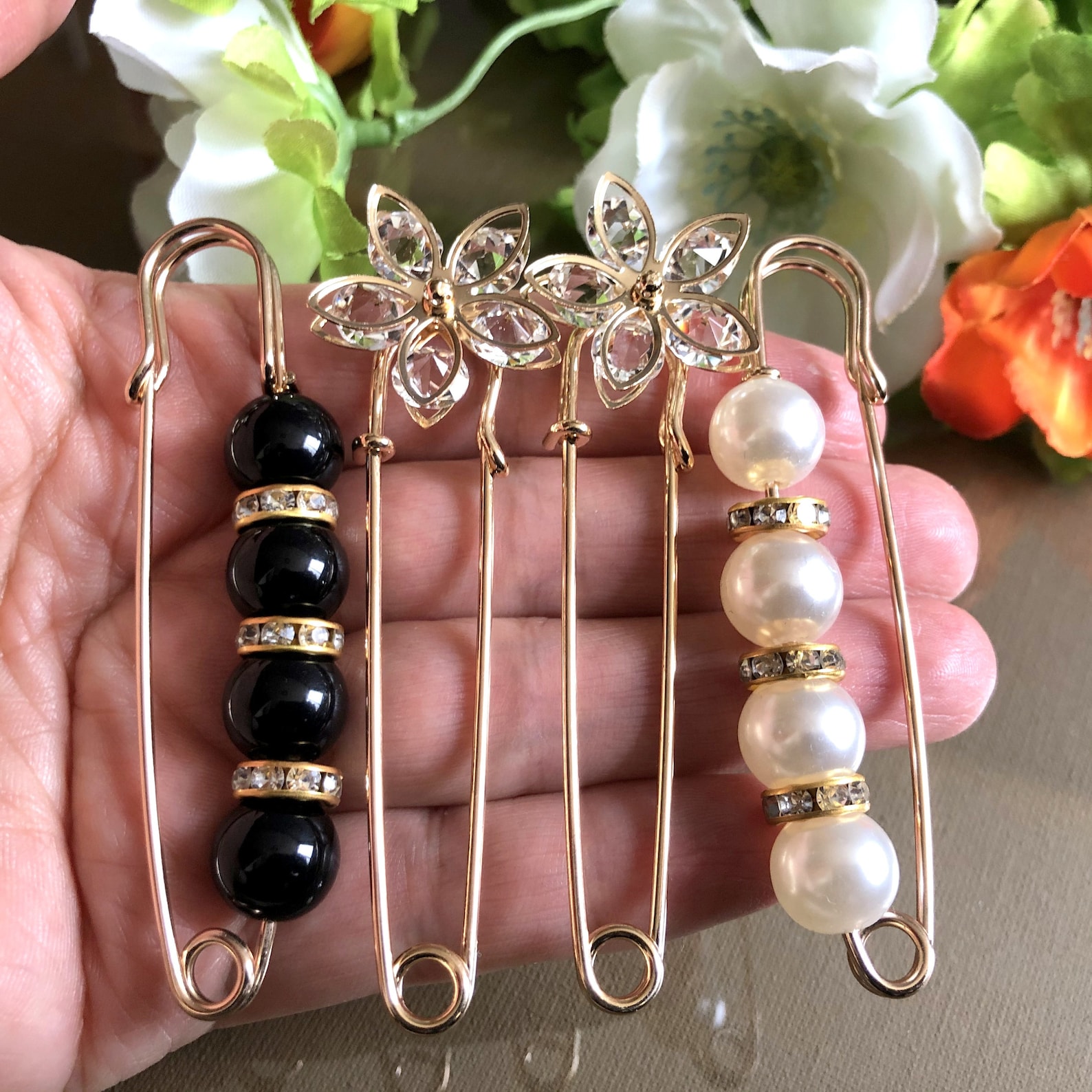

This makes for a beautiful, colorful accessory that can be used for any number of things. Images are die-cut into the metal that you choose (e.g., steel, aluminum, copper, brass, or iron), and then the recesses of the design are usually filled with enamel paint. The variation of texture and look is one consideration, but soft enamel is also quite a bit less expensive while allowing for greater color control, which makes it a bit more popular with new artists. Hard enamel pins have paint that is level with the surface of the die-cut, which means that the pin is smooth and flat, while soft enamel pins have thinner paint, which causes a dimpling effect between lines of the design. There are two main kinds of enamel pins that you can tell apart based on appearance. These are more expensive to produce than button pins, and as such, are mostly used for business, military uses, or as a fashion statement piece. The closure mechanism on the back of the pin can come in a number of looks, and either has one or multiple pin-backs depending on the designer’s size and preference. Certain parts of the creation process and materials used will determine how the pin appears (e.g., smooth, matte, dimpled, etc.). They are smaller than button pins with general sizes ranging from. These pins are usually made out of two main elements, and those are plated metal of your choice and enamel paint.

This article is going to briefly highlight the most significant differences. The uses for each are unique, and so are the pros and cons of choosing one over the other. They also have different uses as enamel is usually seen as sturdier and is used for things like military badges, while button pins are more temporary as they do not hold up as well over time.įor anyone new to collecting or trading them, there are multiple distinctions between button pins and enamel pins that go beyond the appearance and materials used. What is the difference between an enamel pin and a button pin? The primary differences are the appearance, materials used, and mechanism for keeping it in place. They are both designed to be worn on clothing. The fasteners are also different as buttons usually have safety-pin-like catches, and enamel pins look more like earring backs. The creation process sets these two kinds of pins apart. TonePitchFollower - Play a pitch on a piezo speaker depending on an analog input.Enamel pins are stamped on metal or plastic and then painted over, while button pins usually consist of an image coated in a plastic layer, backed by metal.

ToneMultiple - Play tones on multiple speakers sequentially using the tone() command. ToneMelody - Play a melody with a Piezo speaker. ToneKeyboard - A three-key musical keyboard using force sensors and a piezo speaker. StateChangeDetection - Count the number of button pushes. SchematicīlinkWithoutDelay - Blink an LED without using the delay() function.ĭebounce - Read a pushbutton, filtering noise.ĭigitalInputPullup - Demonstrates the use of INPUT_PULLUP with pinMode(). That's why you need a pull-up or pull-down resistor in the circuit. This is because the input is "floating" - that is, it will randomly return either HIGH or LOW. If you disconnect the digital I/O pin from everything, the LED may blink erratically. If so, the behavior of the sketch will be reversed, with the LED normally on and turning off when you press the button. You can also wire this circuit the opposite way, with a pullup resistor keeping the input HIGH, and going LOW when the button is pressed. When the button is closed (pressed), it makes a connection between its two legs, connecting the pin to 5 volts, so that we read a HIGH. When the pushbutton is open (unpressed) there is no connection between the two legs of the pushbutton, so the pin is connected to ground (through the pull-down resistor) and we read a LOW. The other leg of the button connects to the 5 volt supply.

That same leg of the button connects through a pull-down resistor (here 10K ohm) to ground. The third wire goes from digital pin 2 to one leg of the pushbutton. The first two, red and black, connect to the two long vertical rows on the side of the breadboard to provide access to the 5 volt supply and ground. HardwareĬonnect three wires to the board. This example turns on the built-in LED on pin 13 when you press the button. Pushbuttons or switches connect two points in a circuit when you press them.


 0 kommentar(er)
0 kommentar(er)
